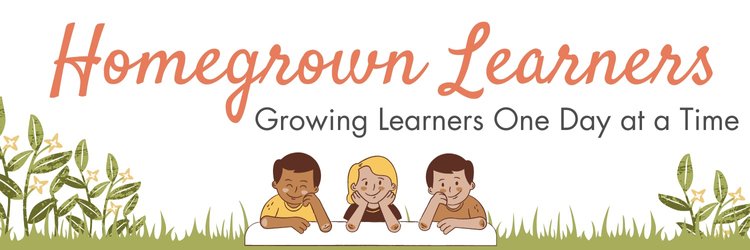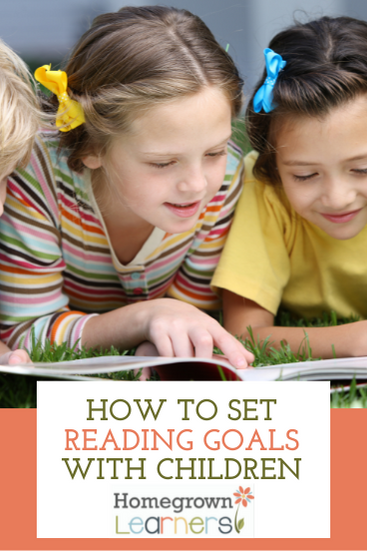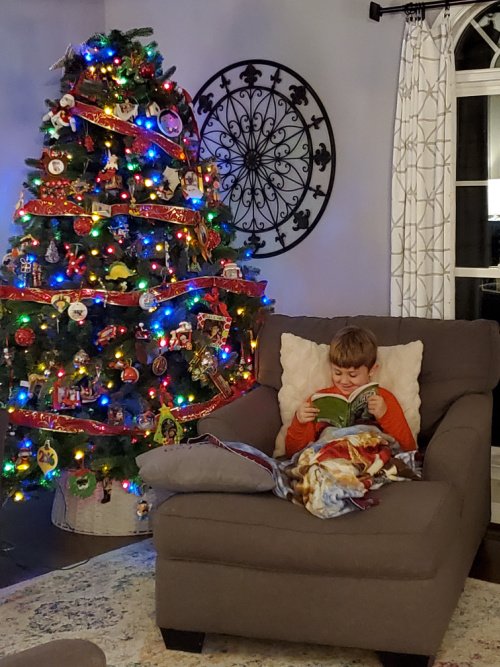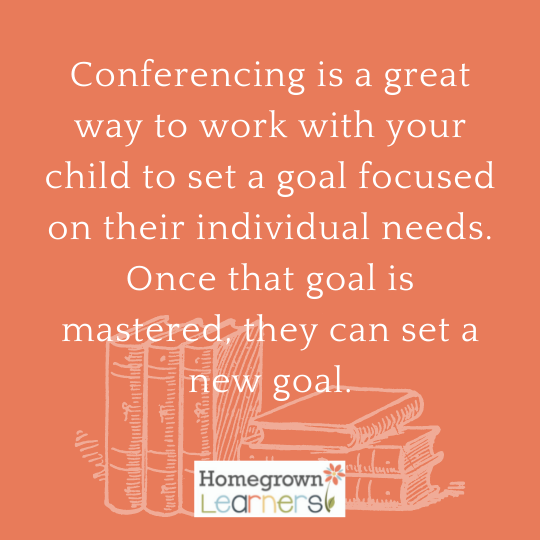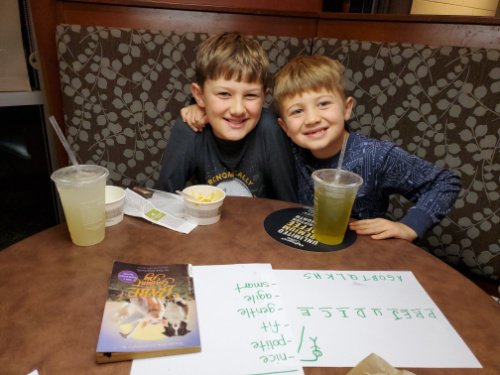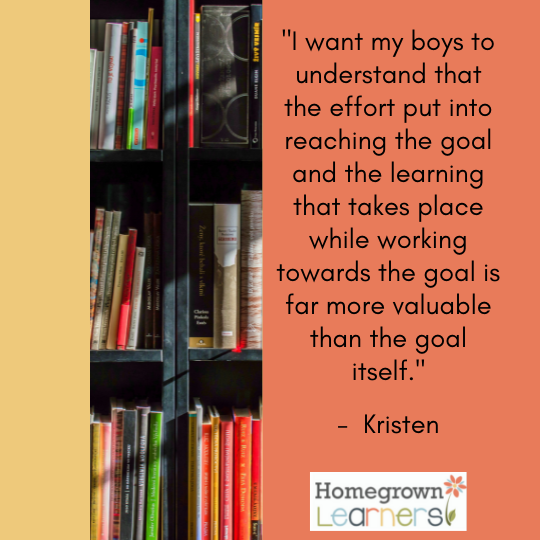Traditions play an important role in crafting family units.
The little, often simple, things we do create the foundation for family memories. Traditions don’t have to be big and bold, ‘we spend ten days at Disney every March.’ They can be much simpler and smaller, small enough to hold in your hand.
In our family, we love to have traditions and celebrations, especially at Christmas. While we try to keep our focus on Christ, we enjoy the fun festivities.
And in our family, Christmas would not be Christmas without cookies. We love baking and decorating cookies for friends and neighbors and our annual cousins’ Christmas cookie decorating party.
There is something special about the smell of fresh-baked cookies and the messy memories made while we cut out different shapes or tried out a new recipe. This year we decided to do a Christmas cookie unity study with books, food, and even a little math!
The Gift of the Christmas Cookie
A couple of years ago, we found the book, The Gift of the Christmas Cookie.
The Gift of the Christmas Cookie: Sharing the Ture Meaning of Jesus’ Birth is a beautiful picture book. It was written by Dandi Daley Mackall and illustrated by Deborah Chabrian. As you can probably guess by the subtitle, the book uses a story about a Christmas cookie to remind the reader of the true meaning of Christmas. The book tells the modern-day tale of a boy who learned how to share and give. Intertwined is a story about the origin of the Christmas cookie.
I love that this book has a happy ending, but the author does not solve all the little boy’s problems. Without giving away too much of the story, I will say that the little boy and his mom are struggling a bit, but he learns how to give and share the true meaning of Christmas. Much like in real life, we can still have good days and joy even when we have problems.
We found this an excellent book for the center of our study, but many other Christmas books include cookies and baking! You could read Cranberry Christmas, Christmas Cookie Day, or Jan Brett’s Gingerbread Christmas book.
Baking Christmas Cookies
Baking at Christmas time is a great way to have fun, bless others, make memories, and enjoy a tasty treat. It’s also a way for even the very young to be a part of a family tradition. You could make your favorite cookie recipe together and enjoy them while reading the story.
Alternately, you can read the story and then use the recipe in the back for baking cookies. You could use the story as a starting point for ideas for using the cookies to bless other people. You might give some to neighbors. You could use cookie cutters to cut them out into nativity shapes to help you tell the story of the birth of Christ.
Math and Science with Cookies
Depending on the age levels of your children, there are many ways to include math.
For the youngest children, have them help you count. They can count out the number of ingredients, the finished cookies, or how many cups of flour you use.
Baking is always a great way to work on measurement skills for slightly older children through measuring out the ingredients. They can also learn about fractions through the various measurements and using the finished cookies. If you want to challenge them, find a recipe online and adjust the yield. Pick some random numbers and check out the fractions and decimals. You can also keep it simple and cut some of them into different fractions if you make circular cookies.
If you are giving the cookies away, you can have your child help determine how many cookies you need for a certain amount of people, using multiplication. Then they can divide them out evenly and package them. Fun tip: add a few extras for breakage, or better yet, taste testing.
Cookie math is not just for elementary students; older students can convert measurements from standard to metric. They can also do the math to determine how much dough you need for a certain amount of cookies. They could even determine the calorie count in each cookie but don’t tell me the results. I don’t want to hear about calories.
To bring in science, you can talk about different types of mixtures, experiment with changing ingredients, or even check out this fun Christmas cookie chemistry project.
More Christmas Cookie Ideas
There are many fun ideas with Christmas cookies, such as watching a fun movie while eating your cookies.
If You Take a Mouse to the Movies is an excellent cookie-themed book option.
You could invite friends over for a cookie swap, and everyone could bring a plate of their favorite cookies to share. This could be a just-for-fun event, or you could do a graphing activity to determine the favorite cookie.
You could add some art by doing a cookie-themed picture or breaking out the icing and sprinkles to decorate your cookies. Baking different cookies from around the world would be a great way to add in geography. You could do an additional cookie each day and study the country of origin, the peoples, and their cultural traditions around each cookie.
There are endless options for creativity with Christmas cookies!
Implementing The Christmas Cookie Study
The great thing about a Christmas cookie study, other than being delicious, is that you can make it work for your homeschool. You could take one day in December and devote it to cookies. You could bake, read, and watch a movie all in one day.
If you wanted to give it more time, you could enjoy it for a whole week. Try out different recipes, research the countries of origin, and read a new book each day. Some families might choose to make it the focus of each Friday in December to change things up. Make it work for you and remember to have fun, and do not worry about perfection.
If you need some help coming up with recipes, you can check out a few of our family favorites.
Recommended Christmas Cookie Books
The Gift of the Christmas Cookie: Sharing the True Meaning of Jesus' BirthCranberry ChristmasChristmas Cookie Day!Gingerbread ChristmasMerry Christmas, Mouse! (If You Give...)If You Take a Mouse to the MoviesThe Baker's Dozen Coloring Book: A Grayscale Adult Coloring Book and Children's Storybook Featuring a Christmas Legend of Saint Nicholas (Skyhook Coloring Storybooks)The Baker's Dozen: A Saint Nicholas Tale, with Bonus Cookie Recipe and Pattern for St. Nicholas Christmas Cookies (15th Anniversary Edition)Christmas Cookies Cookbook and Keepsake for Kids: Baking Recipes for Little Kids, Simple Christmas Cookie Recipes
Do you have a favorite Christmas tradition with your kids?
Share it in the comments below.
Dawn is a passionate follower of Jesus, wife to Chris, and homeschool mom of four. In her spare time she loves to read, hike, and write on her blog Schoolin’ Swag. She enjoys reviewing curriculum and helping moms find the right fit for their family. Some of her favorite parts of homeschooling are hymn studies, living history, and read alouds. She and her children also enjoy incorporating food into their studies as often as possible.
